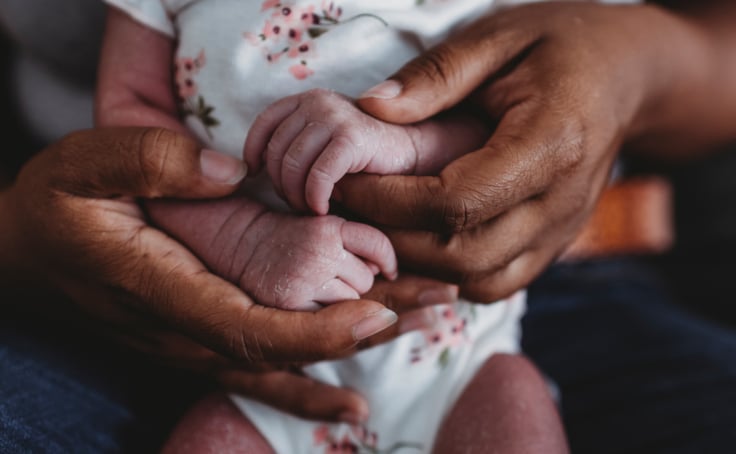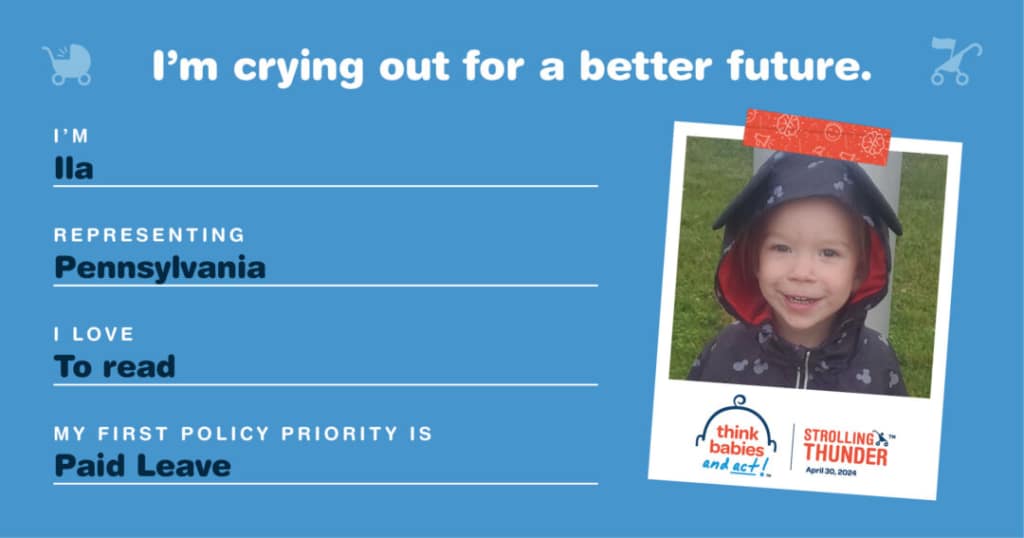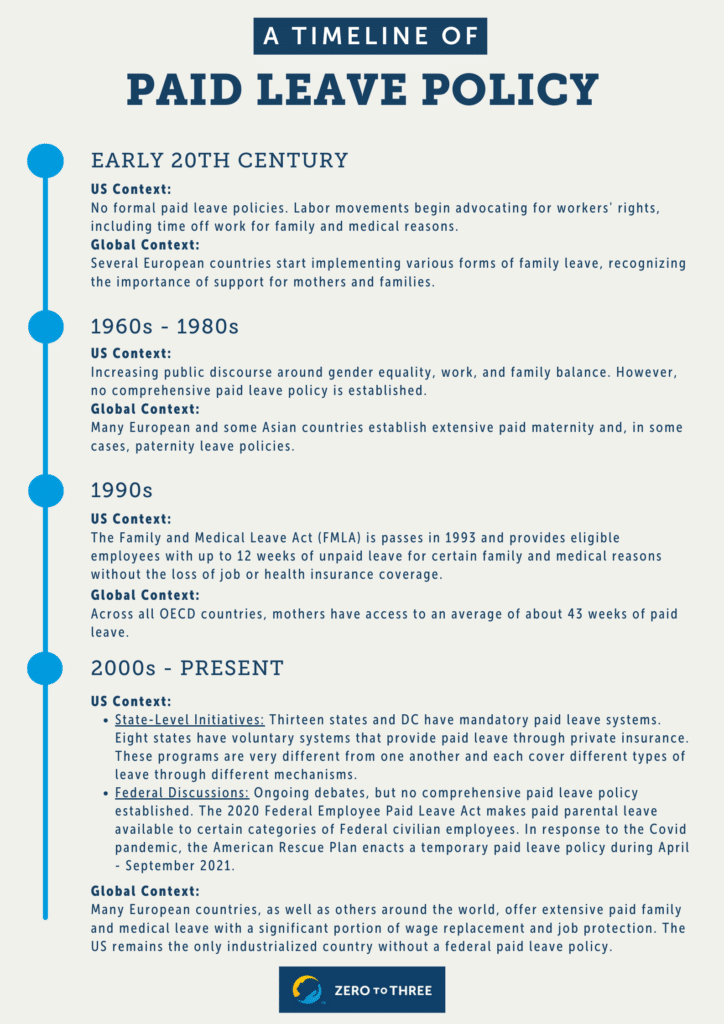On average, new mothers take 10 weeks of maternity leave
Of that, approximately 10 days are covered through paid sick leave and 12 days are covered by paid personal time. The rest is unpaid.
Yes, you read that right. While FMLA guarantees 12 weeks of unpaid leave, many mothers cannot afford to forego a paycheck for so long. And don’t get us started on other members of the family.
The truth is, the majority of families are forced to cut short their recovery, transition and bonding time – which is crucial to ensuring positive mental health. And what about when babies have significant health care needs that need parents’ full attention?





